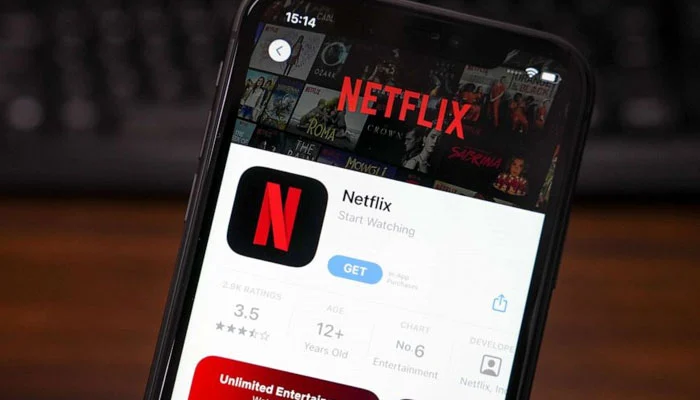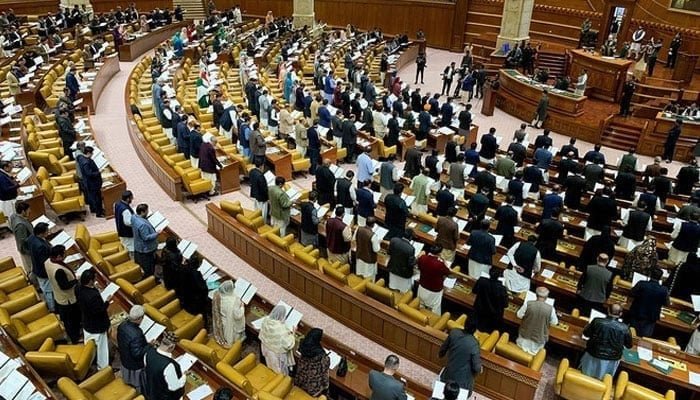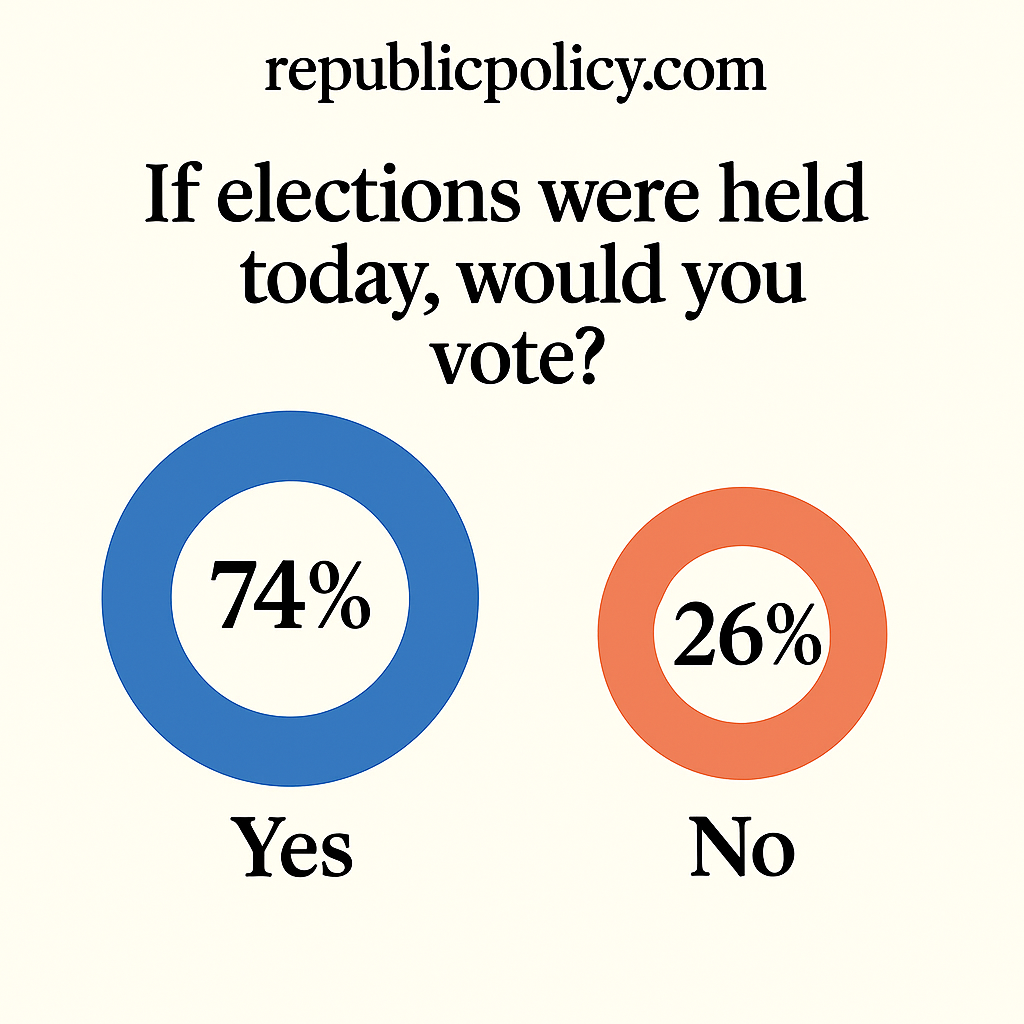By Samia Pervaiz
Netflix’s recent efforts to combat password-sharing have seemingly led to a surge of approximately 6 million new subscribers in the third quarter. The streaming giant, known for its profitability in the industry, is gearing up for potential price hikes as it prepares to release its earnings report this Wednesday.
Unlike its competitors, such as Walt Disney, Netflix has refrained from increasing ad-free subscription prices this year. Instead, it has taken measures to clamp down on password-sharing among users not residing in the same households, targeting the vast user base of over 100 million who enjoy the service without formal subscriptions.
Analysts at Bernstein point out that Netflix is increasingly resembling a utility in various markets. However, the challenge lies in how a maturing company can sustain its growth while being labeled as such.
Reports suggest that Netflix may introduce price hikes once the ongoing Hollywood actors’ strike concludes. In October, news surfaced that the strike, which had caused considerable turmoil in Hollywood, had come to an end as the Writers Guild of America (WGA) reached a new contract agreement with major studios.
Netflix has managed to navigate the strike’s impact successfully, partly due to its extensive international reach and a robust catalog of content.
Netflix, which initially faced a slow start with its ad plan introduced last year, is now poised to make a strategic move by potentially increasing prices for its ad-free options. Analysts predict that this price adjustment is intended to encourage more subscribers to opt for the tier with commercials, which generates higher revenue per user.
Since the implementation of the password crackdown, a majority of new Netflix subscribers have favored the ad-free plans. Among these, the standard plan featuring ads is priced at $6.99 per month, while the ad-free plans start at $15.49.
Insider Intelligence analyst Ross Benes anticipates that, using these tactics, Netflix could potentially double its viewership in the ad-supported tier by next year. This aligns with Netflix’s objective to gradually incorporate more advertisements into the user experience, bringing it on par with its competitors in the streaming arena.
During the third quarter, the ad tier is projected to have generated approximately $188.1 million in revenue, with a substantial addition of 2.8 million subscribers, based on estimates from Visible Alpha.
Wall Street, as reflected in LSEG data, has high expectations for Netflix’s performance in the current quarter. It is anticipated to be a standout period for the streaming giant in terms of subscriber additions.
Notably, the third quarter likely witnessed a remarkable 7.7% growth in revenue, reaching $8.54 billion. This represents the fastest revenue growth rate experienced by Netflix in the past five quarters, fueled by a strong content lineup that featured the latest seasons of popular shows like “Sex Education” and “Virgin River.”
In conclusion, Netflix’s move to reevaluate its pricing strategy, considering potential increases in its ad-free subscription options, reflects the evolving landscape of streaming services. The dynamic nature of the industry and consumer preferences necessitates a flexible approach to pricing. As the platform continues to expand, it aims to strike a balance between offering compelling content and maintaining sustainable revenue streams. Subscribers should stay tuned for any forthcoming updates on pricing changes as Netflix adapts to the demands of its audience and the competitive market.
Subscribe our website for latest updates:
https://republicpolicy.com/shop/
Read More














